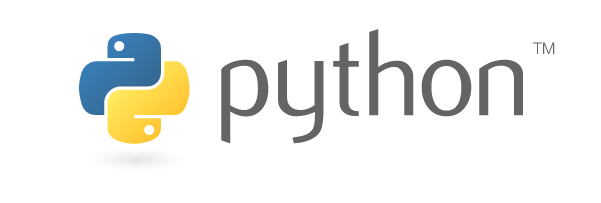Category: Smart Environment domain
Include userAlias in common-schema.json
The file common-schema.json compiles those properties massively used across the different data models in the different domains.
The property userAlias has been included to store those anonymous identifiers of a user that cannot be traced back to the user.
It can be referenced in any data model just by including this code
“userAlias”: {
“$ref” : “https://smart-data-models.github.io/data-models/common-schema.json#/definitions/userAlias”
}
Updated the contribution manual
This a general review of the contributions’ manual with these changes:
- Recommendation how to document a property that is an object referencing to a shared schema
- Change order in the elements (schema recommendation is the most demanded documentation and it is being placed at the beginning)
- Minor reviews, contact point, etc.
Located in the upper menu of the site.
Update the database for searching properties and descriptions
It has been updated the database for searching properties, two main improvements:
- Performance (now it is a database query instead of the former static file)
- The reference model of the property
- The format (uri, date-time, etc) for string properties.
New data model FloodMonitoring at Environment Subject
A new data model, FloodMonitoring, in the Environment Subject from IUDX initiative is available:
FloodMonitoring: Flood Sensor Data Model intended to represent the level of flooding w.r.t water flow/level at a certain water mass (river, lake, etc.).
Extended AirqualityObserved data model In datamodel.Environment Subject
It has been extended the data model of AirQualityObserved in the datamodel.Environment Subject.
With the property, AirQualityIndex is the numerical value for the Air quality. This value is frequently transformed into qualitative scales (good, quite good, etc)
Alpha version of the service for generating an NGSI-LD payload based on a Smart Data Model
This is an alpha version (so you can expect errors and not being complete). Use it at your own risk. Please report errors and suggestions at info@smartdatamodels.org
Call: https://smartdatamodels.org/extra/ngsi-ld_generator.php
Parameters: (Mandatories)
- schemaUrl: The link to the RAW version of the json schema (see example)
- email: your email
Use any data model from Smart Data Models initiative and paste it into the form. Then you’ll get a page with a random payload compliant with the data model. Refresh for more.
You can also use this form
Script for checking a data model submission
In the directory utils of the umbrella repository data-models there is a new python script that checks if a schema is properly documented and if the payload is correctly located and validates against the schema.
Extended data model Airquality observed
The data model of AirQualityobserved in the subject datamodel.Environment has been extended with these properties:
- nox: Other Nitrogen oxides detected
- coLevel: Qualitative Carbon Monoxide presence
- precipitation: Amount of water rain
- relativeHumidity: Humidity in the Air
- typeofLocation: Type of location of the sampled item
- temperature: Temperature of the item
- windDirection: Direction of the weather vane
- windSpeed: Intensity of the wind
Extended the data model WeatherForecast
the data model for WeatherForecast of the datamodel.Weather is being extended with the property:
- precipitation: Amount of water rain expected.





